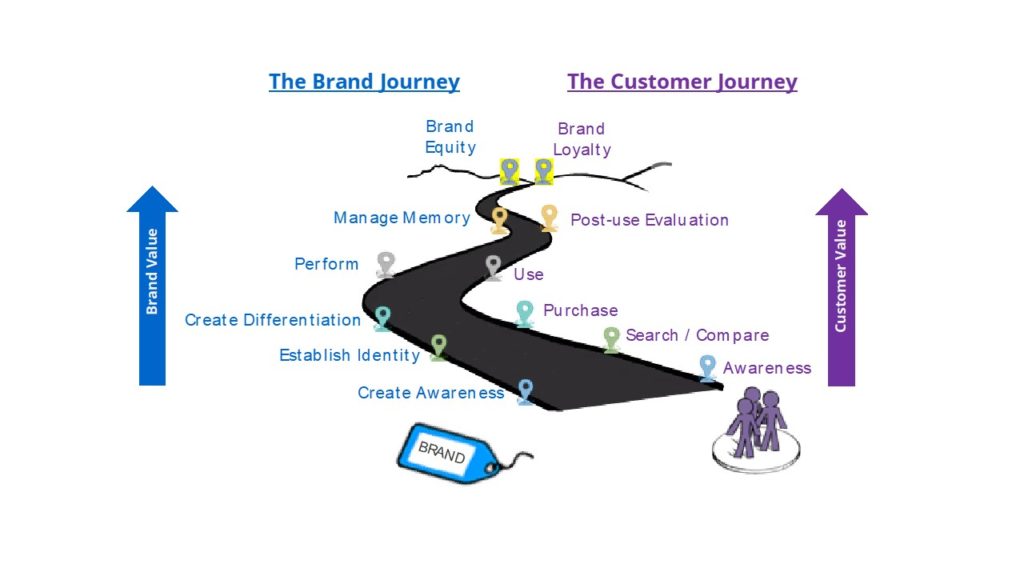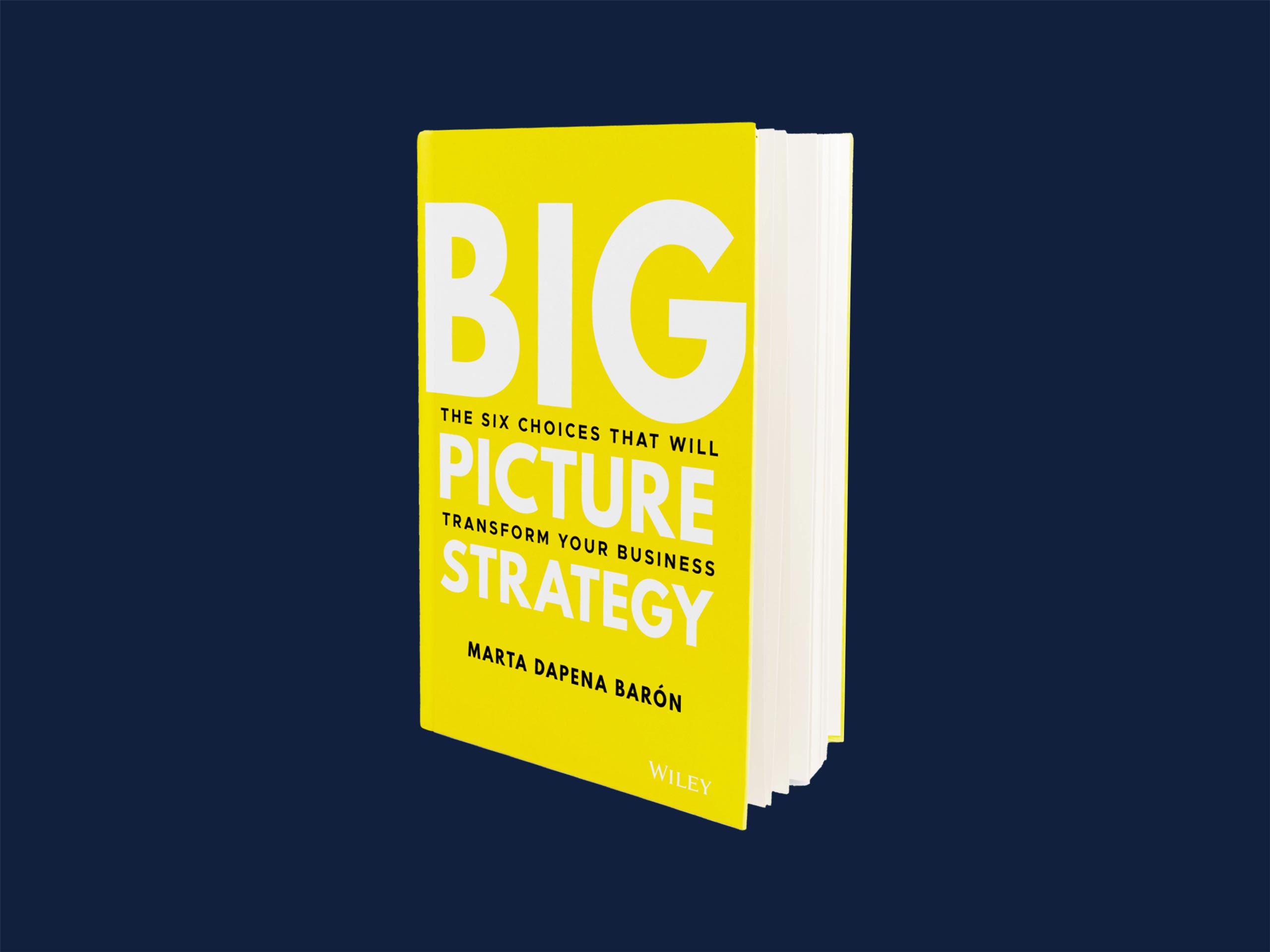Storytelling is foundational to how humans learn and connect. Stories activate neurochemical processes that make us feel safe, help us relate, motivate cooperation, and stimulate memory. In order to break through the endless cacophony of messages today, successful marketers employ the power of brand storytelling to engage and motivate their target audiences.
The Big Picture framework, an integrated strategy-through-execution marketing toolset, provides a guide for marketers to craft their brand story. Big Picture brand stories are built from the core, meaning, they contain an understanding of our brand, our core competences, and our strategic focus. You can think of this information as the prologue in the story, the context and background details that set up the narrative.
The Big Picture brand story then unfolds in six distinct stages using our framework and tools. The first stage introduces the customer, the hero of our story. Our hero is on a journey, which we develop using the Big Picture Customer Journey Map. This map highlights the steps along the current customer experience, our hero’s current behaviors and beliefs, specifically their needs and problems in the category context. The second story stage focuses on a specific problem or opportunity facing the hero. To explore this problem, we use the Big Picture Target Audience Persona. The Target Audience Persona describes the hero in their habitat, specific behaviors that reveal the need we are focused on, their description of that need, and any objections or barriers they need to overcome in order to satisfy it. The third stage then introduces the brand, who promises to guide and support our hero, offering a solution to their need through a value proposition. Big Picture uses the 6-box Positioning Tool that helps marketers clearly articulate their customer value proposition, connecting it to specific starting customer beliefs and behaviors and the executional tools required for the customer to achieve their goals. Stage four of the brand story details how the brand guides the customer along a reimagined Customer Journey Map with desired customer beliefs and behaviors linked to the brand’s value proposition. Stage five encourages our hero to take action and achieve transformation through the Big Picture Integrated Communications and Execution Plan. Lastly, stage six of our brand story measures success through Strategy-Integrated Metrics.

The Big Picture framework has been used successfully by marketers across a diverse set of businesses to frame and choose amongst go-to-market options and to develop executional plans. The Big Picture plan is effectively a strategic narrative for how the brand will engage and motivate specific customers, those who stand to gain the most by collaborating with the brand. It’s the brand’s story. Great stories require careful editing to ensure clarity and impact. The Big Picture forces strategic choice throughout the planning process, bringing clarity for how to engage customers and grow brands. The ability to tell a persuasive narrative is a critical skill set, whether we are pitching investors, presenting our business plan to senior leadership, writing a creative brief for our agency, or communicating to customers. The Big Picture Partners’ integrated tools provide an effective guide to help marketers craft this narrative and communicate a compelling brand story.




